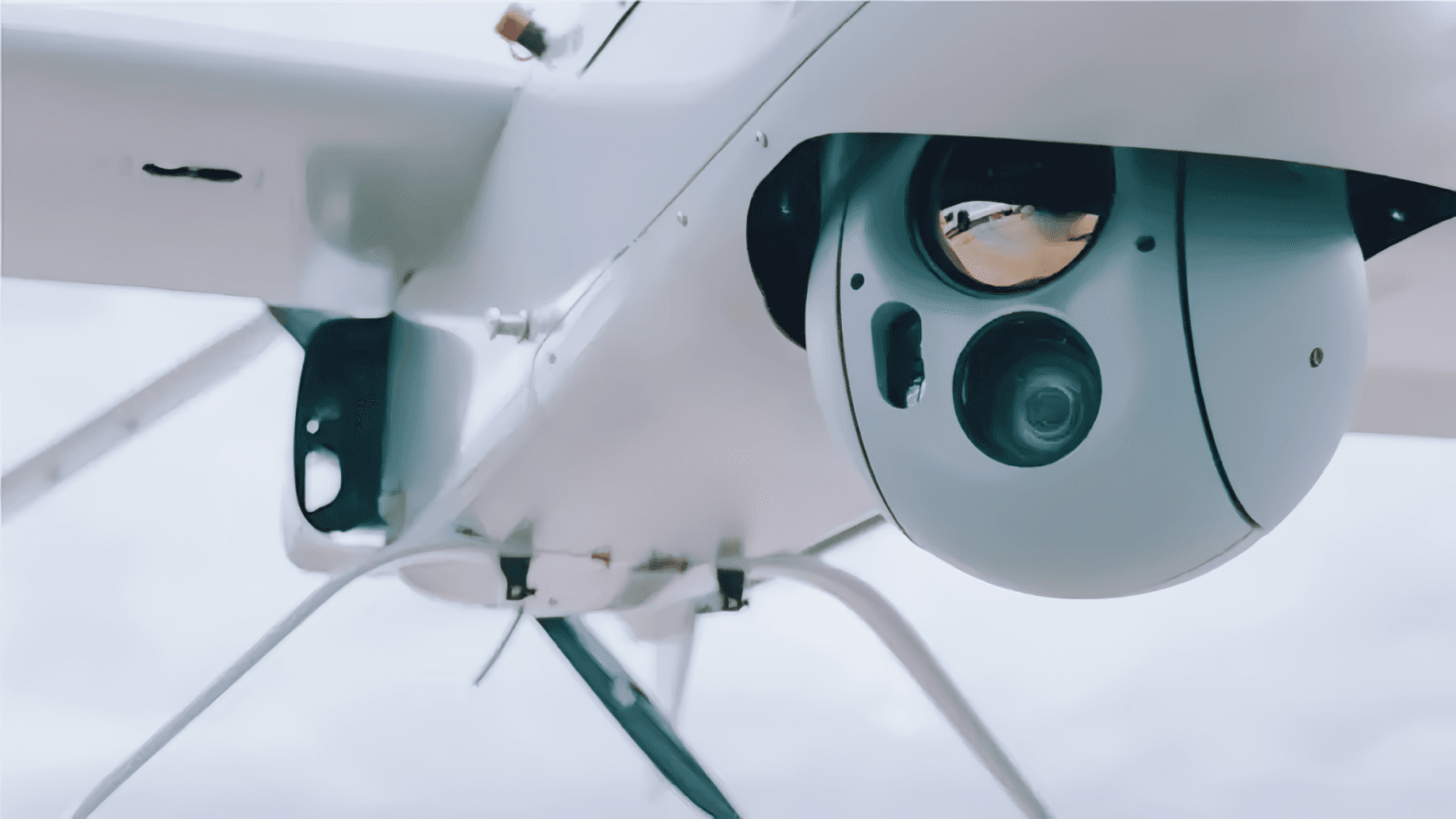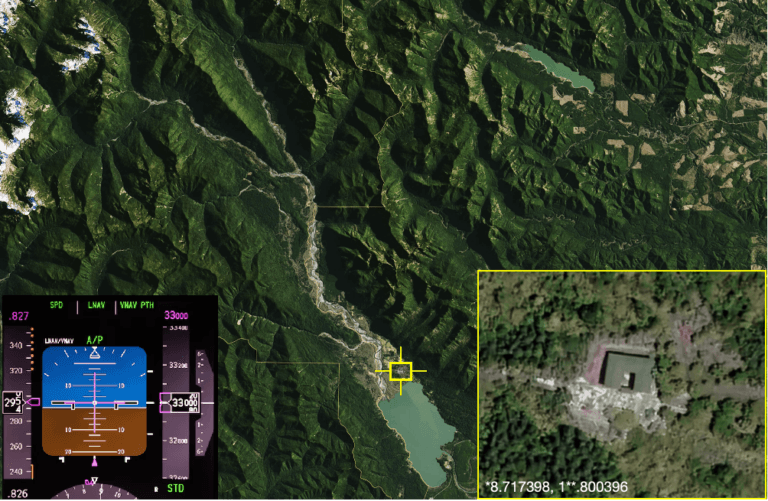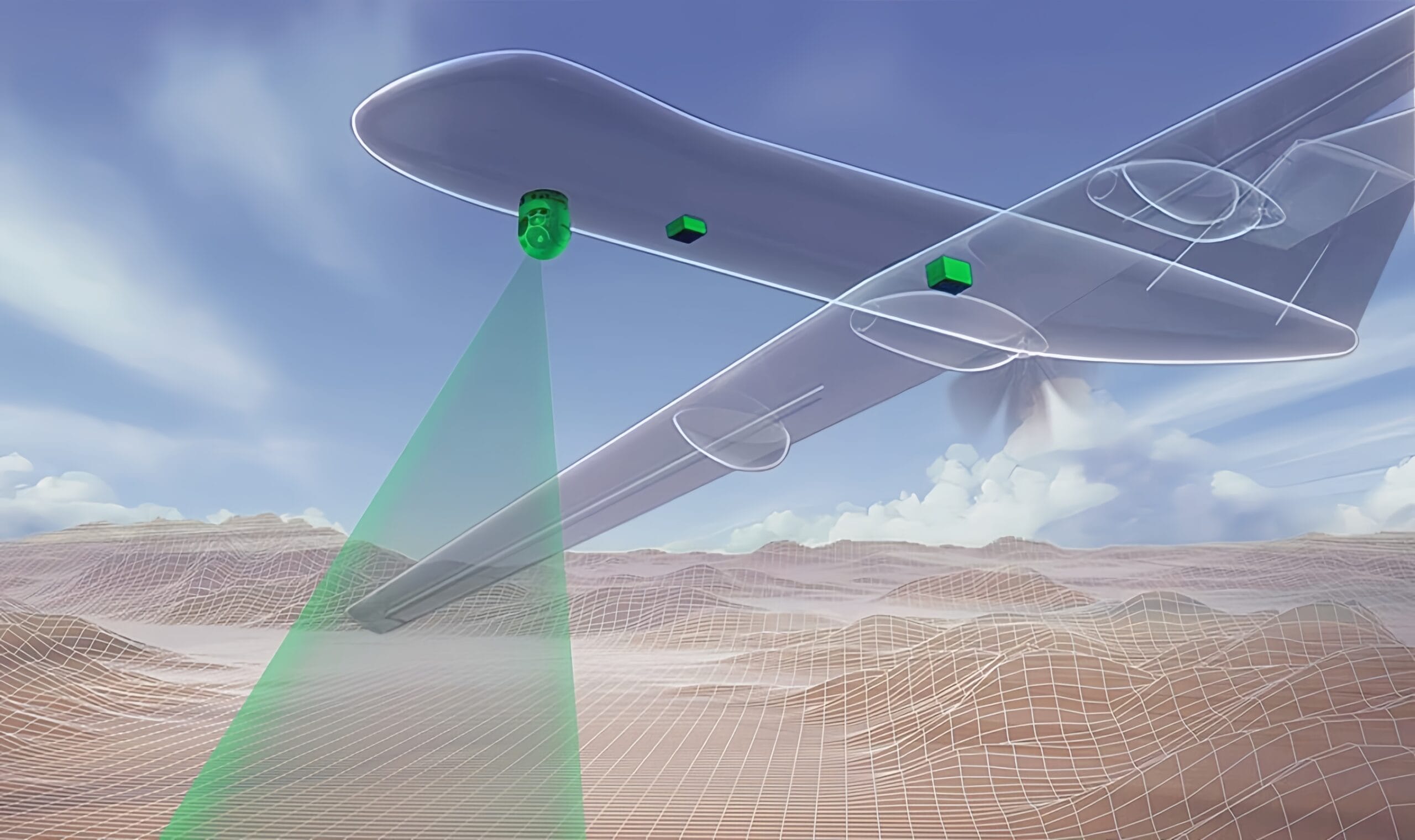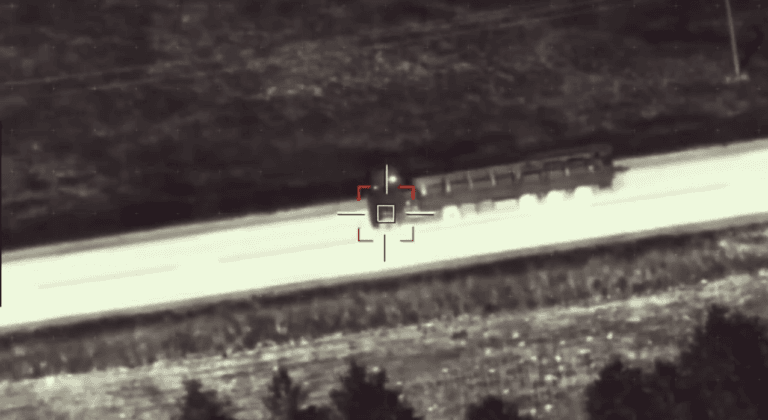Ever felt frustrated when your gimbal jitters or drifts at the worst moment, jeopardizing hours of critical work? I’ve been there, and I know how costly those instabilities can be.
That’s why I rely on Fiber Optic Gyroscope IMUs—they bring unmatched precision and resilience, transforming shaky, unreliable gimbals into rock-steady platforms no matter the conditions.
Curious how this technology can elevate your system? Let me walk you through the details.
Table of contents

Understanding FOG IMUs: What Makes Them Special?
Picture a high-speed drone battling crosswinds at 3,000 meters, or a surveillance gimbal maintaining lock on a moving target despite constant vibration. In such scenarios, even the slightest orientation error can ruin a mission. Traditional sensors often fall short — drifting over time or failing under shock and temperature extremes. That’s where FOG IMUs step in.
Fiber Optic Gyroscope IMUs combine:
✅ Fiber optic gyros — for angular velocity
✅ Precision accelerometers — for linear acceleration
Unlike mechanical or MEMS-based sensors, FOG IMUs use light. A beam travels through coiled optical fibers in opposite directions. When the device rotates, the Sagnac effect causes a tiny phase shift between the beams — a change that reveals precise rotational movement, without mechanical wear or vibration interference.
The result?
- Ultra-low drift
- Exceptional bias stability
- Rock-solid performance in harsh environments
When precision matters — in navigation, targeting, or stabilization — FOG IMUs deliver where others can’t.
Why FOG IMUs Are Perfect for Gimbal Systems
Gimbal systems are expected to deliver smooth, stable motion — even when mounted on fast-moving drones, vibrating vehicles, or unsteady marine platforms. But achieving that level of precision depends entirely on the IMU inside. A slight delay, drift, or vibration in the sensor can throw off the entire system. That’s why more and more engineers are turning to Fiber Optic Gyroscope (FOG) IMUs for critical stabilization tasks

1.Rock-Solid Stability
FOG IMUs provide ultra-low drift and minimal noise, keeping gimbals locked on target without wobble.
2.No Jitter, No Blur
In EO/IR camera systems, clean angular data from FOG IMUs means sharper images and smoother tracking.

3.Reliable in Harsh Conditions
FOG IMUs perform consistently under shock, vibration, and wide temperature swings — far beyond what MEMS can handle.
4.Fast, Accurate Feedback
Ideal for antenna pointing, targeting turrets, or fast-moving UAV payloads that demand real-time response.
5.Proven in the Field
Used across aerospace, defense, and maritime systems, FOG IMUs are trusted where failure is not an option.
When precision, stability, and reliability are non-negotiable, FOG IMUs are the foundation your gimbal system needs. Whether in the air, on land, or at sea — they deliver where others fall short.
What Are the Key Technical Advantages of FOG IMUs?
When it comes to mission-critical stabilization—whether for aerial imaging, ISR payloads, or shipborne antennas—not all IMUs are created equal. In these scenarios, precision isn’t just a nice-to-have; it’s essential. That’s where Fiber Optic Gyroscope (FOG) IMUs pull ahead of the pack. Their technical superiority lies not just in one metric, but in a well-rounded combination of bias stability, noise performance, environmental resilience, and long-term reliability. Let’s take a closer look at what sets them apart.
| Feature | Benefit for Gimbal Applications |
|---|---|
| Ultra-low bias drift (<0.01°/hr) | Maintains long-term pointing accuracy without frequent recalibration |
| Low Angular Random Walk (<0.01°/√hr) | Enables smooth, jitter-free motion tracking |
| No moving parts | Enhances reliability and reduces mechanical failures |
| Immunity to magnetic interference | Ensures accurate heading in GPS-denied or magnetically noisy environments |
| High shock and vibration tolerance | Survives harsh operational environments without performance loss |
| Wide temperature range (-40°C to +70°C) | Reliable operation across diverse climates and conditions |
From my years of hands-on work in this field, I’ve seen how these advantages translate directly into real-world performance gains. Whether it’s eliminating jitter in long-range optics, maintaining antenna lock-on in rough seas, or keeping UAV sensors perfectly aligned during high-speed maneuvers, FOG IMUs consistently outperform alternatives.
In short, if your gimbal application demands absolute stability, minimal error accumulation, and resilience under pressure—FOG IMUs are not just better; they’re built for it.

How to Choose the Right FOG IMU for Your Gimbal?
If you’re considering upgrading or designing a gimbal system, selecting the right FOG IMU is critical. Here are some key factors I always advise clients to consider:
1. Accuracy and Stability:
Look for IMUs with proven low bias instability and noise characteristics suited to your application’s precision requirements.
2. Size, Weight, and Power (SWaP):
Depending on your platform, the physical dimensions and power consumption of the IMU may be crucial. FOG IMUs have traditionally been larger, but recent advancements have led to more compact, power-efficient designs.
3. Environmental Robustness:
Ensure the IMU can withstand temperature variations, shock, and vibration typical of your operating environment.
4. Ease of Integration:
Consider the IMU’s interface, calibration requirements, and compatibility with your existing control systems.
5. Cost vs. Performance:
While FOG IMUs generally cost more than MEMS IMUs, the performance gains often justify the investment for mission-critical applications.
Looking ahead, I see exciting trends in FOG IMU technology, such as further miniaturization and enhanced sensor fusion algorithms, which will make these units even more accessible and powerful for gimbal applications.
In Which Applications Have FOG IMUs Delivered Outstanding Results?
Over the years, I have collaborated with system integrators and end-users who have deployed FOG IMUs in demanding gimbal applications. Here are a few examples that illustrate their value:

EO/IR Gimbals: In surveillance and targeting systems, FOG IMUs enable stable, jitter-free imagery even when mounted on fast-moving platforms like helicopters or UAVs. This stability is crucial for accurate target tracking and identification.
UAV and Robotics: Autonomous drones and robotic platforms use FOG IMUs to maintain orientation and navigation accuracy during complex maneuvers. The robustness of FOG technology ensures reliable performance even in turbulent conditions.
Maritime and Aerospace: Gimbals used for stabilized antennas or sensors on ships and aircraft benefit from FOG IMUs’ resistance to vibration and temperature extremes. This ensures consistent communication and sensor data quality.
At Guidenav, our flagship product would embody these strengths. It has been successfully integrated into numerous gimbal systems worldwide, delivering unmatched performance and reliability.
Elevate Your Gimbal Systems with Guidenav
In conclusion, if you want to achieve the highest levels of stabilization accuracy and reliability in your gimbal systems, Fiber Optic Gyroscope IMUs are the way to go. Their superior precision, stability, and robustness make them indispensable for demanding applications across defense, aerospace, robotics, and more.
At Guidenav, we are committed to providing cutting-edge FOG IMU solutions tailored to your specific needs. I encourage you to reach out to our experts to explore how our products can enhance your gimbal system’s performance and reliability.
